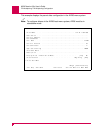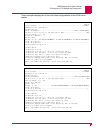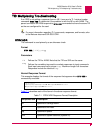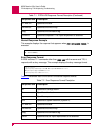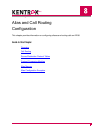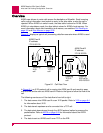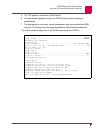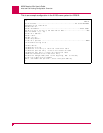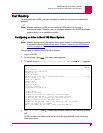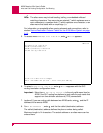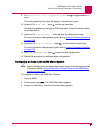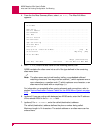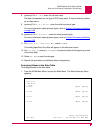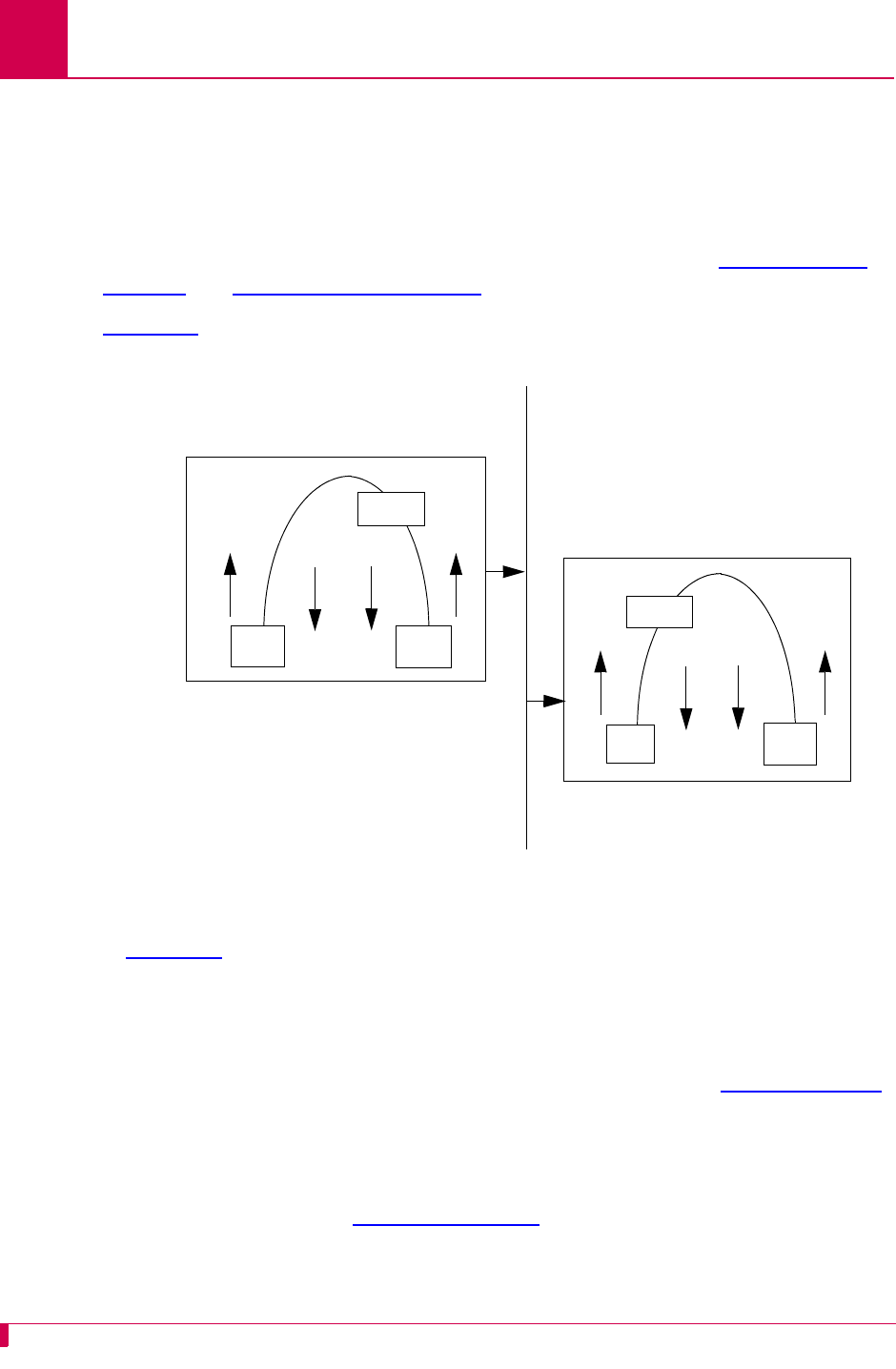
AI296 Version 9.8x User’s Guide
Alias and Call Routing Configuration: Overview
8-2
Overview
AI296 uses aliases to route calls across the backplane of AIswitch. Each incoming
call’s routing information must match an entry in the alias table, or else the call is
rejected. When AI296 is in switch mode, the alias table is stored on AI198. When
AI296 is in standalone mode, the alias table is stored in AI296’s local memory. For
more information about alias translation and macros, see sections Call Routing on
page 8-5 and Alias Macros on page 8-38.
Figure 8-1
displays a typical call processing data flow scenario where AI296 is used.
Figure 8-1 Call Data Flow
In Figure 8-1
, an X.25 protocol call is coming into AI296 card A and needs to pass
over the IRB and be sent out AI296 card B. Refer to the figure to follow the flow of the
call.
The following events occur if the data flow is from left to right:
1. The data comes into AI296 card A as an X.25 packet. Refer to X.25 on page 6-4
for information about X.25
2. The data travels upstream and is converted into a TCP call.
3. The data starts downstream through the AEPN protocol option to preserve the
packetization. Refer to AEPN on page 8-29
for information about the AEPN
protocol.
4. The data is sent out AI296 card A over TCP on the IRB.
downstream
X.25
TCP
AEPN
upstream
Incoming
IRB
AI296 Card A
X.25
call
Outgoing
TCP/IP
call
downstream
TCP
X.25
upstream
AEPN
AI296 Card B
Incoming
TCP/IP
call
Outgoing
X25 call to
X25.2.67891
IP address
172.16.30.100
IP address
172.16.30.200
downstream
upstream
downstream
upstream



